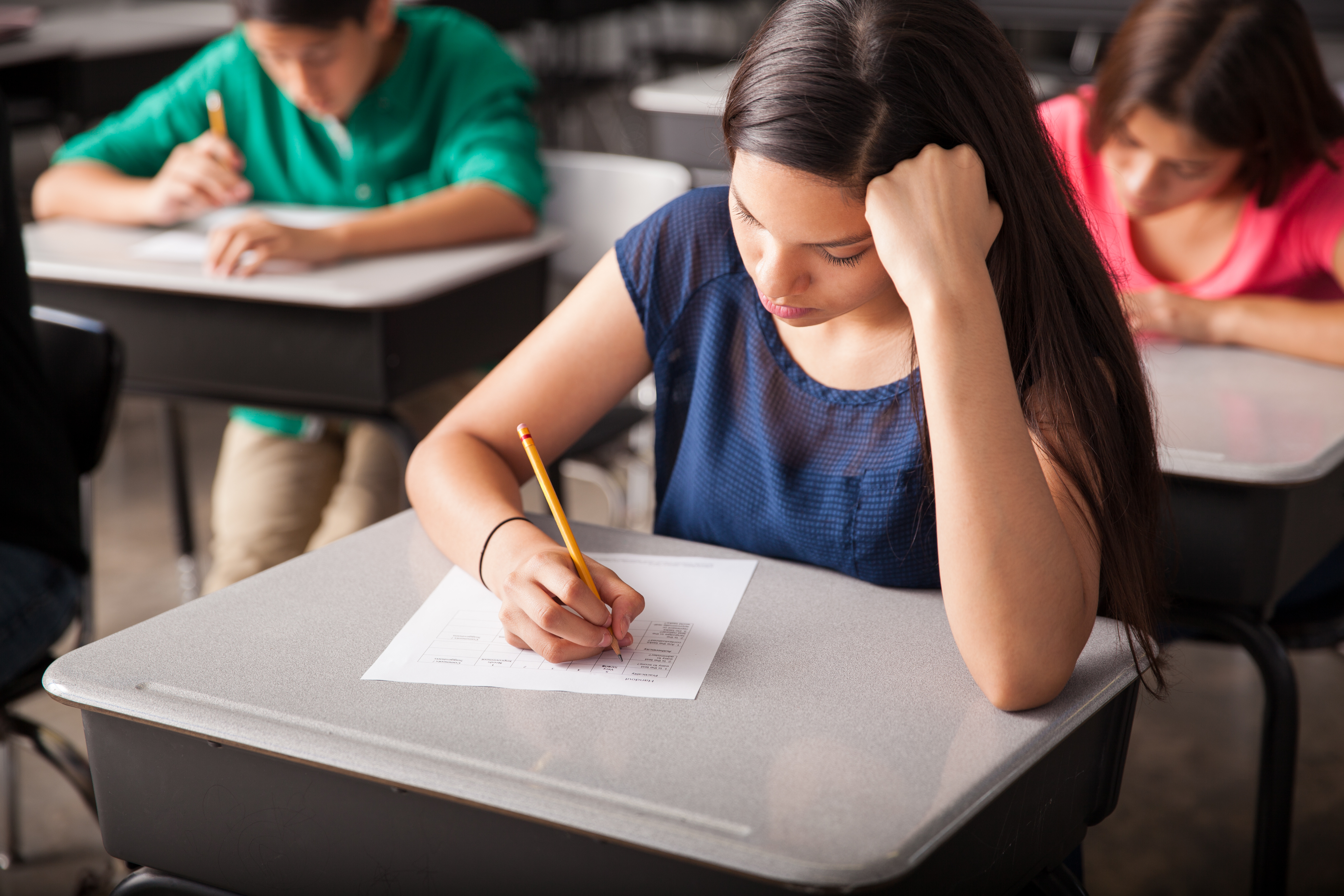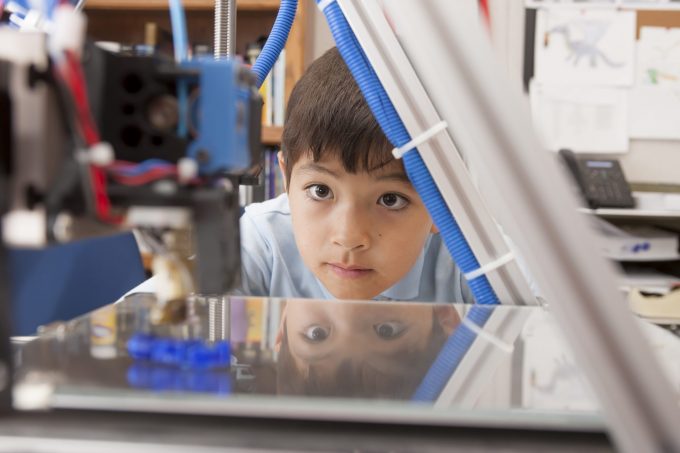Promoting the wellbeing of students and teachers is the key to successful learning

We know that social and emotional learning (SEL) is important for academic performance.
In a large study by Durlak et al (2011) of more than 260,000 students, it was shown that when SEL skills were explicitly taught, not only did their personal and social capabilities improve, their academic outcomes improved by about 11 per cent. We also know that incorporating SEL into teaching and learning, gives students opportunities to practice essential skills for positive mental health. And we’ve seen that promoting SEL skills in children and young adults can improve health and subjective wellbeing, as well as reduce antisocial behaviours.
Take one look at the SEL framework and you’ll probably be able to identify why this teaching approach is so powerful. SEL goes beyond helping students achieve good grades to enhance their intrapersonal, interpersonal, and cognitive competence. It promotes:
- Self-awareness: Helping identify emotions, an accurate self-perception, recognise strengths and weaknesses, and build self-confidence.
- Self-management: Teaches students to control impulses, manage stress, motivate themselves, set goals, and stay organised.
- Social awareness: Which teaches the valuable practice of perspective-taking, as well as empathy, respect for others and an appreciation for diversity.
- Relationship skills: Including communication, listening, social engagement, relationship building, and teamwork.
- Responsible decision-making: Which teaches students about their ethical responsibilities and helps them learn how to identify and solve problems, analyse situations, evaluate, and reflect.
In short, when we teach SEL skills, we promote the wellbeing of students and simultaneously move them forward in their learning.
Having said that, teachers already know how important wellbeing is, but knowing what to do about it is the real challenge. Ideally, educators would have access to tools that help monitor behaviour, learning and thinking skills like attention and problem solving. Because once a student’s strengths and weaknesses are identified, there’s a clearer and more personalised pathway to managing and improving learning outcomes.
Teacher wellbeing is just as important as student wellbeing.
Just like an oxygen mask on a plane, wellbeing starts with you first; you can help others more effectively when you’ve attended to your own wellbeing. This is precisely why teachers need to take care of their own wellbeing before attending to the wellbeing of their students. Even the most capable teacher cannot pour from an empty cup. When they try to do so, they will suffer – and so too will their students.
Research is increasingly showing that teacher wellbeing and student wellbeing are two sides of the same coin. One study found that promoting teacher wellbeing can enhance the capacity of schools to meet the needs of diverse student populations. This is likely to reduce the numbers of pupils needing intensive support – especially for social and behavioural difficulties but also for learning needs.
Yet a nationwide survey conducted by ASG in 2017 showed that half of the teacher population feels stressed ‘most of the time’ or ‘fairly often’ in a typical week.
This might just be a top-down effect. The 2017 Australian Principals’ Health Survey found that principals experience:
- Workplace demands that are 1.5 times higher than the general population
- A far higher prevalence of offensive behaviour at work than the general population
- High levels of stress caused by the “sheer quantity of administrative work” they are required to perform
- Additional stress due to the lack of time they have available to focus on teaching and learning.
This makes them subject to higher levels of burnout, difficulty sleeping, and depressive symptoms.
The solution?
Ideally, teachers and principals would be given opportunities for personal growth and professional development. They’d be encouraged to nurture relationships with one another and with their students. Working as a team on wellbeing issues is itself a great opportunity to build efficacy and gain recognition for their work.
Opportunities for staff to participate in professional development are also very valuable. Teachers are passionate about learning – that’s why they became teachers in the first place. PD helps us learn more about learning, share insights and experiences with other professionals, take the time to think about ourselves and build a community of practice.
At the end of the day, student wellbeing and learning begins with educator wellbeing. The best way to ensure our pupils experience success at school is to make sure teachers and principals have their oxygen masks on.







